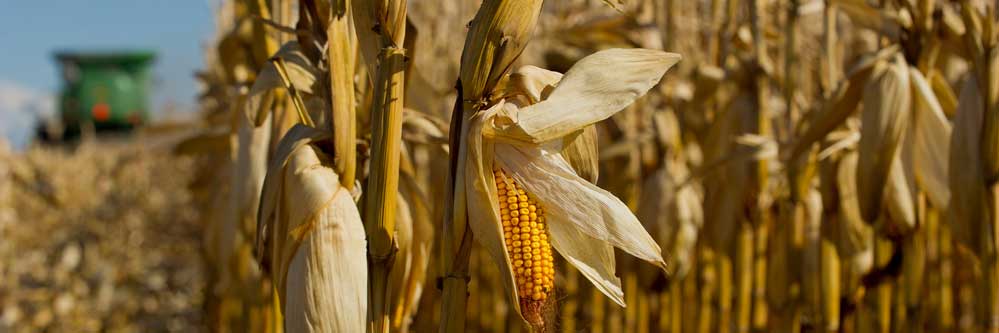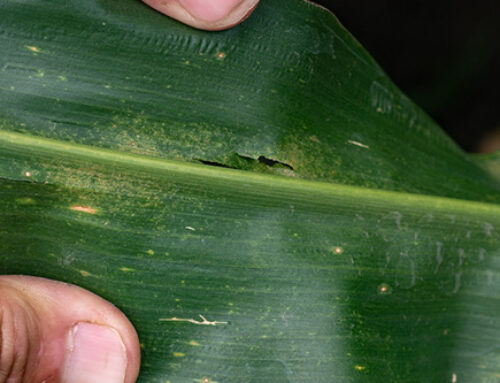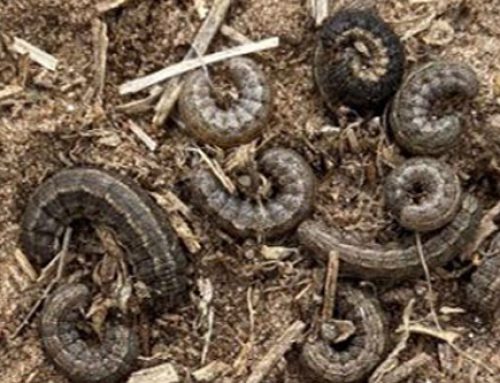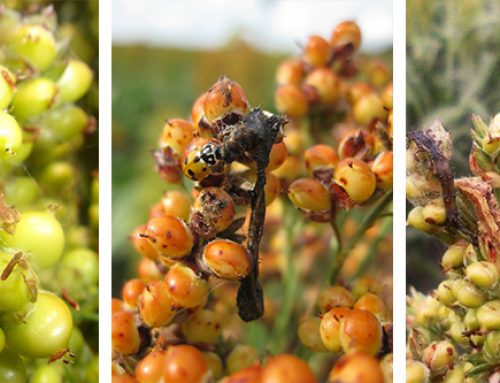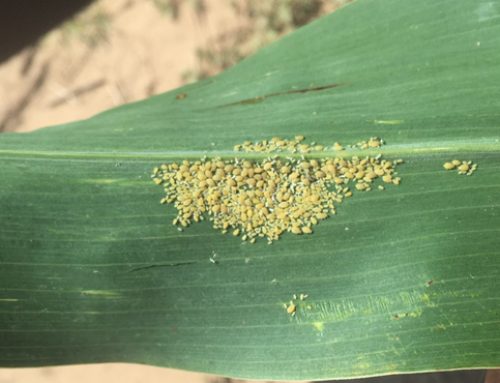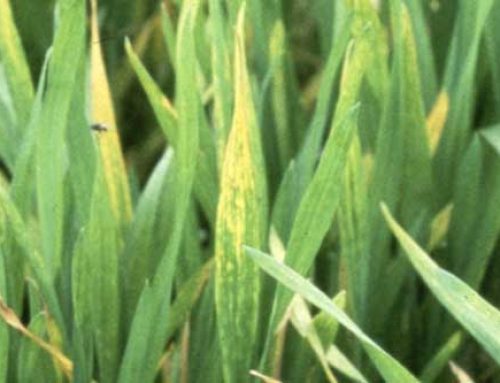Bt (Bacillus thuringiensis) is a protein inserted into plant genes such as corn, that is toxic to certain insect pests. Bt corn is used by many farmers and is very beneficial to the management of insect pests. To avoid insect resistance to Bt genes there must be a nearby refuge. The refuge is a similar hybrid that does not contain the Bt protein. Refuges are required to prevent insect pests from building resistance to the Bt trait. On Bt corn, it is possible for some insects to survive, therefore reproducing and having resistant offspring. The strategy of having a refuge is to have a place for insect pests to feed and reproduce without building resistance. Refuge percentage requirements have been established with different variables. These variables include things, such as; crop planted, growing region and number of Bt genes contained in the seed.
By using Bt corn, farmers are able to better manage insect pests with less insecticide applications. Insecticides are still used, to treat insects, on refuge corn. This poses the question, why are we eliminating the pests that we are trying to keep alive so they will remain susceptible to Bt corn?
Refuges are not planted as a feeding ground for pests; they are there to allow producers to control the pest with a different mode of action. In this case, the second mode of action is an insecticide. Required refuge areas can be as large as 20%. Twenty percent of a crop is just too much for farmers to allow to be destroyed by insect pests. When insecticides are applied, 100% control is very hard to achieve. Therefore, some of the pests will survive on the refuge giving them the opportunity to reproduce with pests that survived the Bt corn. These offspring continue to be susceptible. The refuge areas are set up so that crops can be sprayed with an insecticide to avoid a significant yield loss due to pests, but still keep enough of the pests alive to avoid Bt resistance. It is very beneficial for farmers to be able to spray their refuge to maintain the highest yield possible.
Establishing regulations on Bt and refuges has been based on achieving best management practices to avoid long term resistance to the Bt genes. When having Bt and refuge in a similar area you are not only keeping the insects from building resistance to the Bt corn, but also helping prevent resistance to different insecticides. Insects can adapt and change very quickly to survive and we must be on our best game to keep them under control and susceptible.
Article Written by: Tessa James, 2014 Agronomist Intern in Garden City, KS Division; West Texas A&m University
Featured Image: Corn Harvest, United Soybean Board, flickr.com
